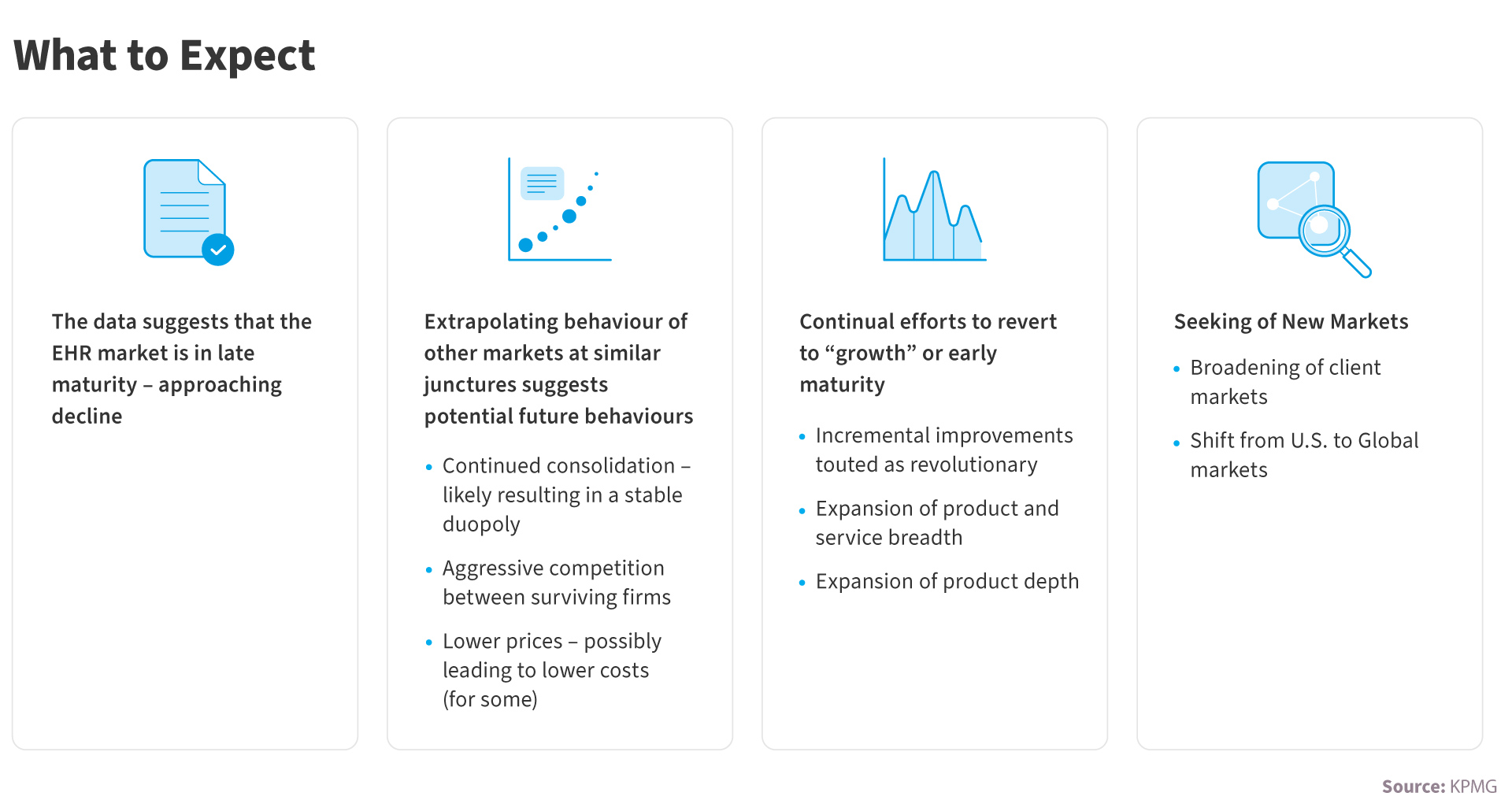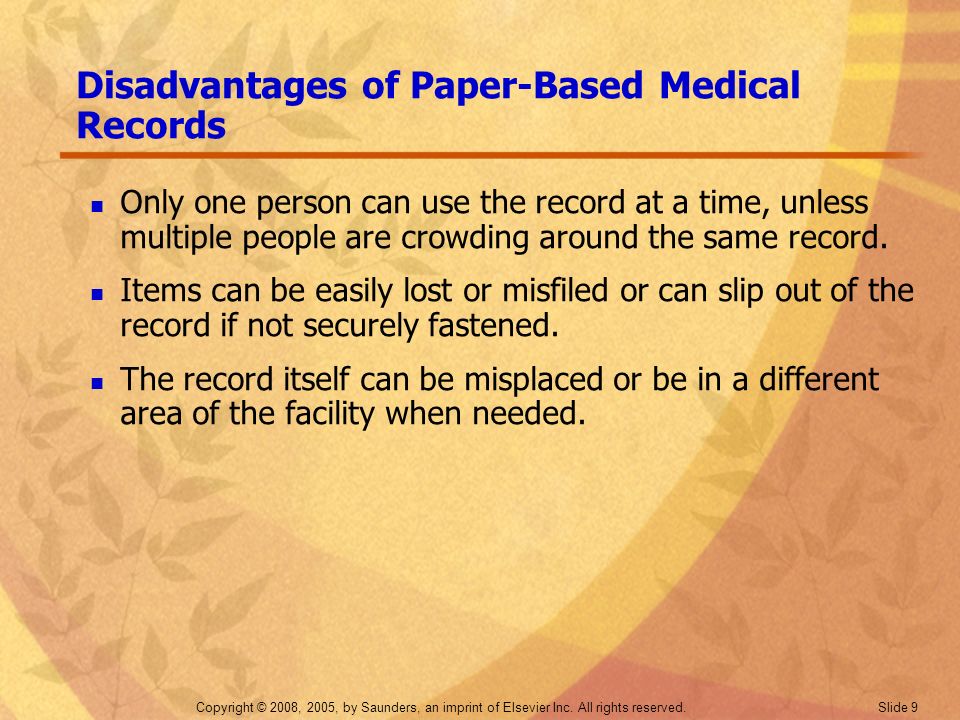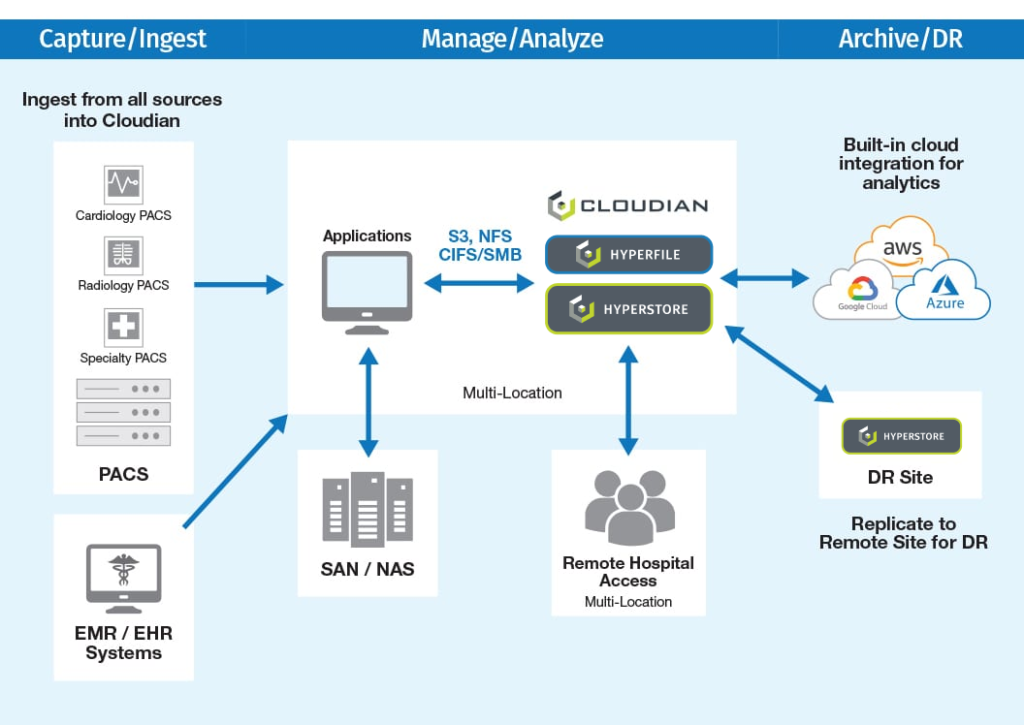Paper-based medical records have been the traditional method of storing and managing patient information for decades. These records consist of physical documents such as charts, notes, and test results that are kept in a designated file or folder for each patient. While paper-based records have some advantages, they also have several disadvantages that have led to the adoption of electronic medical record (EMR) systems in many healthcare settings.
One advantage of paper-based medical records is that they are easy to use and do not require any special training or technology to access. Clinicians can simply pull out a patient's chart and quickly review the necessary information. Paper records are also portable, so they can be easily carried from one location to another, making it convenient for clinicians to access a patient's information when needed.
Another advantage of paper-based medical records is that they are relatively inexpensive to implement and maintain. There are no upfront costs for purchasing and setting up electronic medical record systems, and the ongoing expenses for paper records are minimal. This can be especially beneficial for smaller healthcare facilities or those with limited budgets.
However, paper-based medical records also have several disadvantages. One major disadvantage is that they are prone to errors and can be difficult to update and maintain. It is easy for information to be misfiled, lost, or damaged, and it can be time-consuming for clinicians to locate and review relevant information.
Paper-based records are also less secure than electronic records, as they can be easily accessed by unauthorized individuals. This can lead to privacy breaches and confidentiality issues, which can be damaging to both the healthcare facility and the patient.
In addition, paper-based records do not allow for efficient data sharing and collaboration among healthcare providers. It is difficult to share information between clinicians or transfer records to other healthcare facilities, which can lead to delays in treatment and inadequate care.
Overall, while paper-based medical records have some advantages, they also have significant disadvantages that have led to the widespread adoption of electronic medical record systems. EMRs provide more accurate, efficient, and secure management of patient information, making them a better choice for healthcare facilities in the long run.
What are paper

Paper files must be retrieved or tracked down and shared desk-to-desk in order for a paper-based system to function. Staff hired to assemble, file, retrieve, or distribute the hard copy chart is a costly expense. Documentation of patient care has moved to an electronic heath care system in which facilities around the world implement electronic health care systems. Eventually, every business adapted these technologies, and soon realized the tremendous value they had been missing. From a patient care perspective, EMR is expected to improve the accuracy of the information, support clinical decision-making and improve the accessibility of information for continuity of care. There are some problems with paper medical records.
12 Advantages and Disadvantages of Electronic Health Records

There are only two circumstances in which I would ever recommend sticking with paper records. Multiple users can read and review electronic document simultaneously. Many assume that electronic means efficient, and the stories of many nurses both agree, and disagree. Medical errors may be made if the staff makes decisions on inadequate information. Digital tools can better gather data from all sources, including audits, assessments, checklists, certifications, and completed training, so you can track and report on critical information from all locations, providing a clear, accurate view on compliance across the enterprise. It saves them time and it saves time on the administrative work by the medical provider. This is important when auditing records or trying to find a previous physician who added information.
The Disadvantages of Paper Medical Records

What are the benefits of paper health records? EHRs may cause several unintended consequences, such as increased medical errors, negative emotions, changes in power structure, and overdependence on technology. These types of decisions, when based on inadequate information or delayed results, create a potentially harmful situation for the patient and a needless expense for all concerned. Which is better paper or electronic medical records? With EMR, a medical practice can improve front office efficiency, increase patient care quality, and mitigate high-risk situations. There are some problems with paper medical records. Med League provides Do you want to sharpen your skills in understanding the intricacies ofelectronic medical records EMRs? Inaccurate Reimbursement Analysis 109 Words 1 Pages Overall, incomplete documentation and delinquent medical records cause inaccurate reimbursement and results in inaccurate gross revenue to the hospital. Building on that legacy, TJC strengthened standards involving appropriate medical documentation by including strict timelines for completion.







